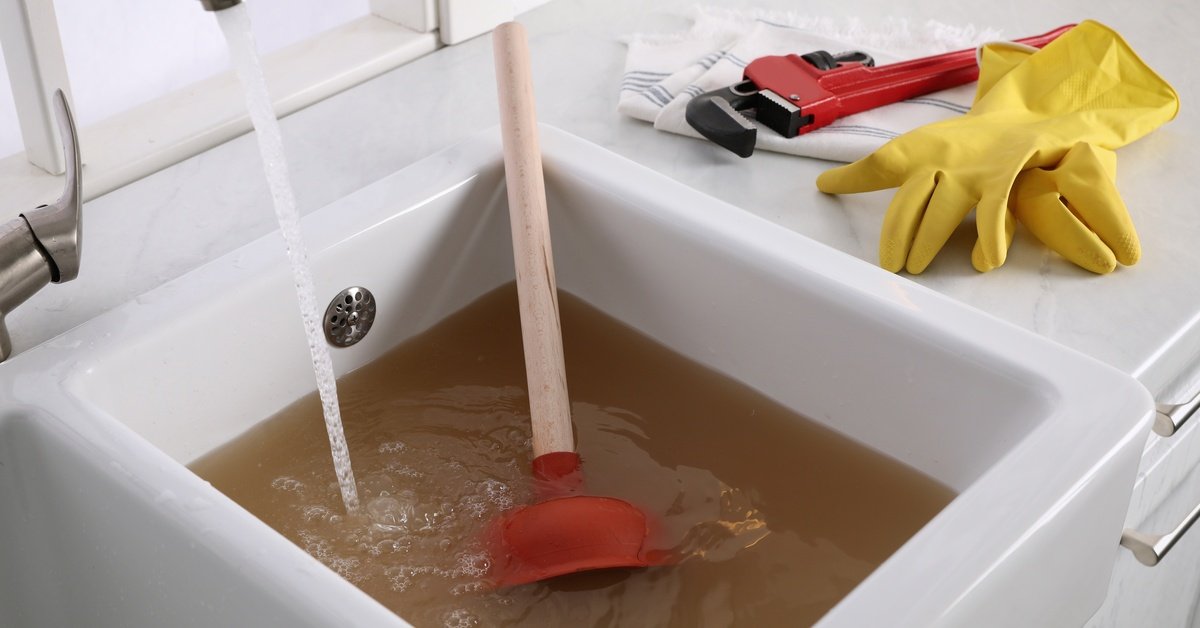5 Possible Reasons Your Drains Are Clogged
Clogged drains can bring your daily activities to an inconvenient halt. If you’re dealing with slow or stagnant water in your sinks, tubs, or toilets, there are a few common culprits to consider. Whether it’s a simple issue or one that requires professional attention, understanding the cause can save you time and frustration. Here are five possible reasons your drains are clogged, along with key information about each.
Hair and Soap Residue
Hair and soap are two of the most common things that build up in our bathroom drains. Over time, loose hair and hardened soap residue can combine to form stubborn clogs. This type of blockage often occurs in shower or sink drains, especially if hair strainers aren’t being used. Regularly cleaning your drain cover and occasionally using a drain cleaner designed for soap scum can help prevent these issues.
Grease and Food Waste
Kitchen drains are highly susceptible to clogs due to the accumulation of grease and food particles. Pouring grease down the drain may seem harmless while it’s hot, but it cools and hardens quickly, creating blockages. Similarly, food waste, such as potato skins and coffee grounds, can easily adhere to grease, exacerbating the problem. Even if you have a garbage disposal, you should avoid washing items like fats, oils, or stringy foods down the drain, as they can wrap around the blades of the garbage disposal and clog your pipes.
Tree Roots in Your Pipes
Sometimes your clogged drain isn’t caused by anything inside your home. Tree roots naturally grow toward water sources, and if they infiltrate your underground pipes, it can cause significant damage to your plumbing. Blockages caused by tree roots tend to worsen over time, and early signs, such as gurgling sounds or slow drainage, may indicate that tree roots are blocking your drains. When this issue arises, professionals can use specialized tools to remove the roots and restore the pipe’s function.
Flushing the Wrong Items
Toilets are designed to handle human waste and toilet paper, but flushing other items is a recipe for disaster. Products like wet wipes (even the “flushable” kind), feminine hygiene products, and cotton swabs can expand or tangle, leading to clogs that can be deep within your system. To avoid this, always dispose of such items in the trash, not the toilet.
Old or Damaged Pipes
If none of these causes seem to solve the issue, your pipes themselves might be to blame. Over time, older pipes can corrode, collapse, or develop blockages that prevent proper drainage. Additionally, freezing temperatures can cause pipes to crack, trapping debris and slowing the flow of water. In these cases, it’s often necessary to consult a professional plumber to assess and repair the damage.
Addressing clogs promptly prevents further damage and keeps your plumbing in peak condition. If you’re dealing with persistent issues, don’t hesitate to contact a professional for help. By remembering these five possible reasons your drains are clogged and identifying the source, you’ll keep your water flowing smoothly and minimize wear on your pipes.




